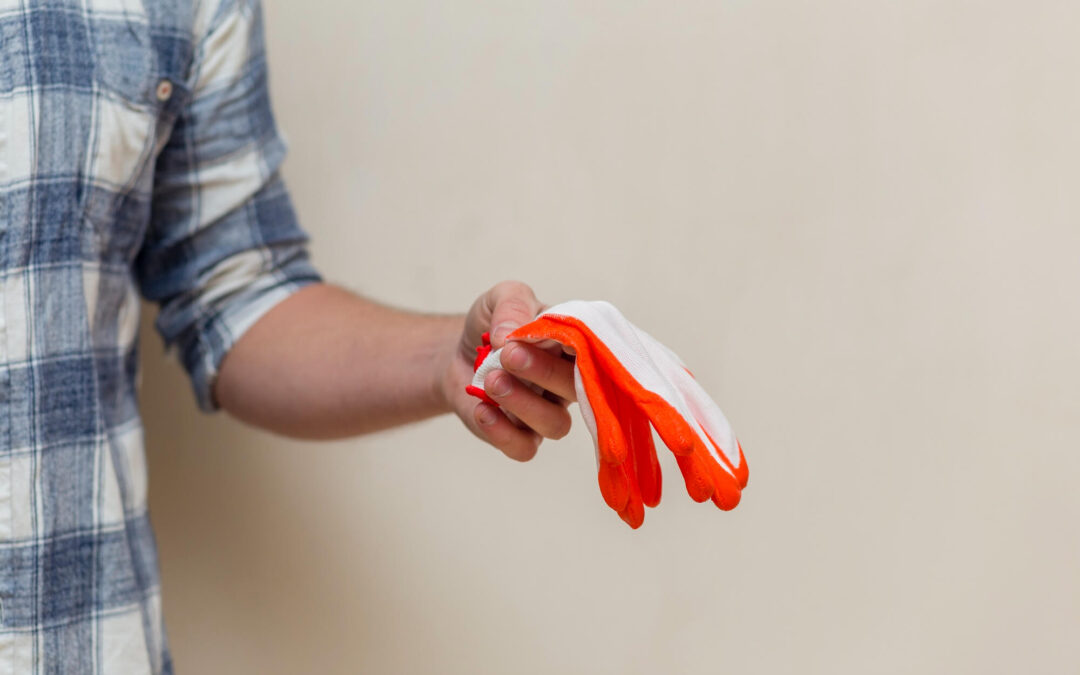Silicone sealant is a must-have for builders, tradies, and DIYers—whether you’re sealing windows, waterproofing bathrooms, or working on industrial projects. But one common frustration? When it sticks to your skin, causing irritation and messy cleanups.
At Simseal Australia, we supply high-performance sealants designed for safety and ease of use. To help you work smarter, we’ve put together this step-by-step guide to prevent silicone sealant from adhering to your skin—plus expert tips for safe removal.
Best Protective Gear for Handling Silicone Sealant
1. Wear the Right Gloves
- Disposable nitrile gloves (best for quick jobs, resistant to sealants).
- Reusable rubber gloves (ideal for extended use).
- Avoid latex gloves—some silicone formulations can degrade them.
2. Cover Exposed Skin
- Wear long sleeves and pants to protect arms and legs.
- Use safety goggles if working overhead (prevents drips into eyes).
Water-Based vs Solvent-Based Sealants: Which is Safer?
| Feature | Water-Based | Solvent-Based |
|---|---|---|
| Skin Adhesion | Less sticky, easier to wipe off | Bonds stronger, harder to remove |
| Cleaning | Washes off with soap & water | Requires solvents (e.g., mineral turpentine) |
| Best For | Indoor, DIY projects | Heavy-duty, industrial applications |
Simseal’s water-based silicone sealants are a great choice for easier cleanup and reduced skin irritation.
Step-by-Step Guide to Removing Silicone from Skin
If sealant does get on your skin, act fast:
- Wipe Off Excess – Use a damp cloth before it dries.
- Use Rubbing Alcohol or Hand Sanitiser – Breaks down uncured silicone.
- Try Petroleum Jelly or Oil – Helps loosen cured sealant.
- Wash with Warm, Soapy Water – Removes residue gently.
- Moisturise – Prevents dryness (aloe vera works well).
⚠️ Never use sharp tools to scrape off sealant—this can damage skin.
Safety Tips from Simseal’s Experts
- Work in a ventilated area – Reduces fumes and speeds drying.
- Keep rags & cleaning supplies nearby – For quick spills.
- Tie back long hair – Avoids sealant getting stuck.
- Wear old clothes – Sealant stains are hard to remove.
Need High-Quality, Skin-Safe Sealants?
At Simseal Australia, we stock premium silicone sealants designed for easy application and cleanup. Whether you’re a tradie on a big job or a DIYer at home, we’ve got the right product for you.
Browse our range of skin-friendly sealants today. Preventing silicone sealant from sticking to your skin is all about preparation and the right products. By following these tips and using Simseal’s trusted sealants, you’ll save time, avoid irritation, and work more efficiently.


Recent Comments